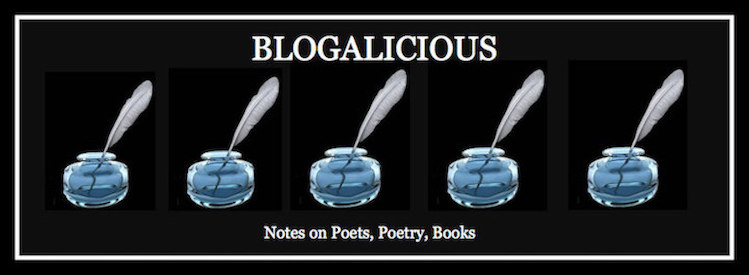 |
| Click Cover for Amazon |
METAPHOR: WHAT IS IT LIKE?
Poetry is rooted in metaphor, in which things which are superficially different are revealed as being in some essential way, similar. We say, this is like that. And when it's true, when it's accurate, barriers collapse and we get a glimpse into the oneness of the world. But of course it's necessary for the metaphor to be vital enough, original enough, to actually do its work.
One of the main functions of metaphor is to heighten emotion. But the more sophisticated we get about language, the less we are moved by its conventional expression. Because of this, we constantly seek ways to make emotion fresh.
In Best Words, Best Order, Stephen Dobyns writes, "If the poet can get us to believe about a small thing, we will be more likely to believe the poet about a big thing. One of the quickest ways to establish the reader's trust is through precise description of physical setting. More difficult are precise descriptions of emotional and spiritual conditions. All three mean giving us a combination of the familiar and unfamiliar, what we know with what we do not know. These three types of description are best communicated with the help of metaphor. And it is probably through the quality of metaphor that the poet most quickly achieves or loses the trust of the reader."
So how do we discover the metaphors that will allow us to say the unsayable, to join intimately with the reader? Whether you’re writing a first draft or working to revise, here are some practical ideas for opening up the world of metaphor in your poems:
Look in unfamiliar places:
Many of us operate in metaphoric ruts. Thus we wind up with an overabundance of similar, overused, images. I call this “the green vine school of poetry.” I struggled with this myself for awhile, winding up with a glut of garden imagery. So if you seem always to be comparing things within some overly familiar territory, look elsewhere. Look under the hood of your car, in your elementary school, in a shoe factory, in a hospital, in the grocery store.
Also, vary the scale. Look small, under the microscope, one thread in a bolt of cloth or even one fiber of the thread. Look big, out into space, back in time to when the stars were born. Getting away from the middle ground can open up a wealth of unexpected images.
It’s good to look in your imagination, but you can also look literally. If you're trying to think of a metaphor for what it's like to touch your lover's skin, or the pain of cancer, or your dog's exuberance, take that unsolved metaphor with you and look for possibilities throughout your day. As you drive around town, brush your teeth, fold laundry, pay bills, count out change for a customer, look for what your lover's skin might be like. With everything you see or touch or smell, ask yourself, is it like this?
Make lists:
It can be useful to make lists of metaphors Write twenty or thirty possible metaphors for what it feels like when your child has a fever or the way dirt clings to a carrot when you pull one out of the ground. It's easier to brainstorm a whole page of ideas that don't have to be good, than it is to have to write one perfect metaphor. So, if you make a list of all the images (and some can be terrible) you can think of, you’ll loosen up your mind and you may, in the process, stumble upon one that’s accurate.
Imitate the holiday ham:
If you can think in metaphor, from the start that's best, of course. A poem that doesn't have some muscular language working right from the beginning is going to be harder to bring to fruition than one that does. But sometimes we don't have the ability or the good fortune to get those necessary metaphors in the first draft. In that case, it's often possible to go back and add them in. I think of this as the holiday ham method. When you bake a ham, you make little cuts in it and then you stick cloves into the little cuts. Well, that's what you do with the metaphors—you look for places in the poem where you can insert them. For example, you may have a line that says, “She walked toward me.” So you can make a little slit right there and ask yourself, How did she walk toward me? She walked toward me like…
Court strangeness:
Don't be afraid of the strange. Galway Kinnell said, "It's okay to have something strange in your poem. In fact, it's preferable." Strangeness is often where the most interesting images live. Be willing to be wild, to go out on a limb, to risk making a fool of yourself. If you always stay safe with your metaphors, you'll miss out on too much. You'll be censoring your metaphors before you even generate them. Often metaphors which may seem too odd when you write them, turn out to be the most resonant.
Ultimately, the metaphors need to deepen the impact of your poem or they'll detract from it. Beautiful or interesting or wonderfully strange as they might be, every metaphor must be in service to the poem. And anything that doesn't enhance the poem, diminishes it. But it’s easier to take out a metaphor that’s not needed than to write a brilliant metaphor. So while you’re in the generative mode, don’t be overly critical. You may put a dozen metaphors in your poem and only wind up using one, but if it’s the right one, that’s all you need.

Wonderful blog. Thank you. Especially liked the advice to make lists!
ReplyDeleteGreat essay! It's like finding grandfather's recipe for bathtub gin and knowing you'll be getting drunk a little later...
ReplyDelete